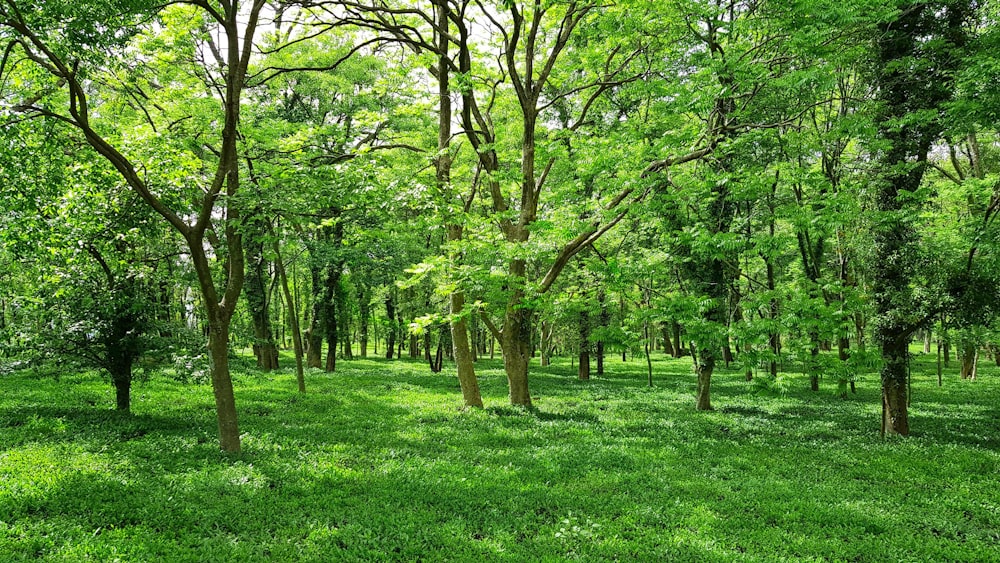Lush Tree Canopies: A Haven of Greenery
Trees play a pivotal role in our ecosystem, providing numerous benefits that contribute to a healthier environment. From enhancing air quality to offering shade and habitat for wildlife, the lush greenery of tree canopies enriches our lives in countless ways.
The Ecological Importance of Tree Canopies:
Tree canopies serve as vital components of ecosystems, fostering biodiversity and supporting various species. Their branches provide shelter and nesting sites for birds, while their leaves contribute to nutrient cycling in the soil. By sustaining a balanced ecological web, tree canopies contribute to the overall health and resilience of our environment.
Improving Air Quality:
One of the primary advantages of extensive tree canopies is their ability to improve air quality. Through a process known as photosynthesis, trees absorb carbon dioxide and release oxygen, helping to mitigate the impacts of air pollution. The presence of trees in urban areas can significantly enhance the quality of the air we breathe, promoting a cleaner and healthier environment.
Creating Invigorating Green Spaces:
Tree-lined streets and green spaces have a profound impact on the aesthetic appeal of our surroundings. The calming effect of nature, coupled with the visual beauty of lush tree canopies, creates inviting green spaces for communities. These areas not only enhance the overall well-being of residents but also serve as recreational hubs for people to connect with nature.
Temperature Regulation and Energy Efficiency:
The shade provided by tree canopies contributes to temperature regulation, especially in urban environments. By reducing the heat absorbed by buildings and pavement, trees help mitigate the urban heat island effect. This, in turn, enhances energy efficiency by reducing the need for excessive air conditioning, ultimately lowering energy consumption and associated costs.
Wildlife Habitat and Biodiversity Hotspots:
Tree canopies act as crucial habitats for a diverse range of wildlife. Birds, insects, and other animals find refuge in the branches and foliage, creating biodiversity hotspots. The presence of these ecosystems within urban and suburban areas promotes the coexistence of humans and wildlife, fostering a harmonious balance between nature and human development.
The Role of Tree Greenery in Sustainable Living:
In our quest for sustainable living, embracing and preserving tree greenery becomes imperative. Sustainable urban planning should prioritize the conservation of existing trees and the planting of new ones. This not only contributes to environmental sustainability but also enhances the overall quality of life for residents.
Preserving Tree Canopies for Future Generations:
As stewards of the environment, it is our responsibility to ensure the preservation of tree canopies for future generations. Initiatives such as community tree planting programs, conservation efforts, and sustainable forestry practices play a crucial role in safeguarding the health and longevity of our planet’s green lungs.
In the pursuit of a greener and healthier world, organizations like Tree Greenery are making significant contributions. Through their advocacy, educational programs, and tree-planting initiatives, they actively promote the importance of preserving and expanding tree canopies to create a sustainable and vibrant future.
Conclusion:
Lush tree canopies stand as silent guardians of our environment, offering a myriad of benefits that extend far beyond their aesthetic appeal. From ecological balance to improved air quality, the positive impact of tree greenery is undeniable. Embracing sustainable practices and actively participating in initiatives to protect and enhance tree canopies will ensure a greener, healthier planet for generations to come.





